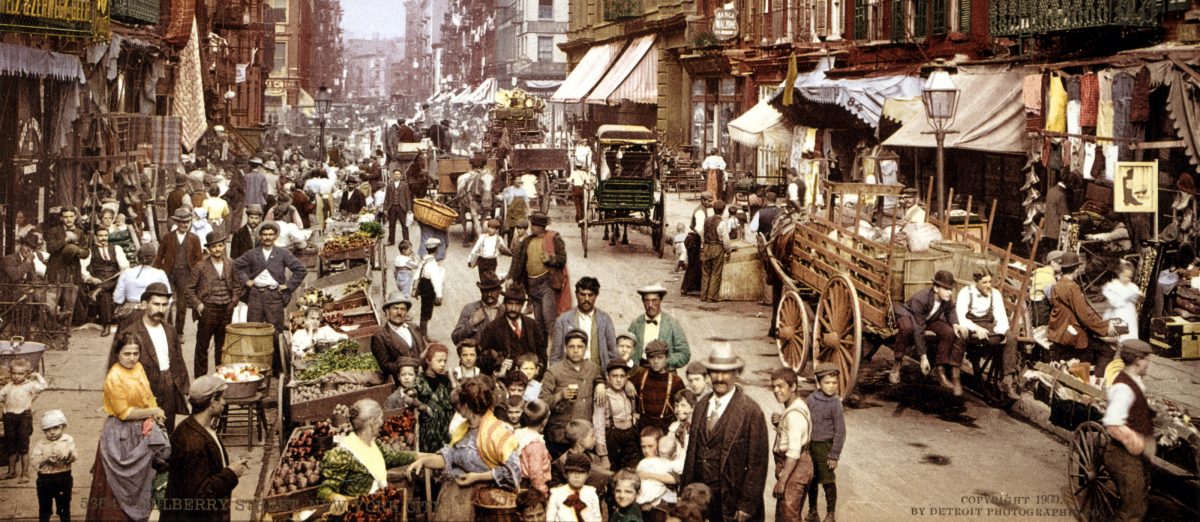Does the construction of ultra-luxury apartments raise the cost of housing for everyone else? Simple logic would suggest it doesn’t, insofar as an increase in housing supply should operate to satisfy some housing demand, even if it’s for a thin upper-crust of buyers, thereby relieving price pressure on the rest of the housing stock.
But before jumping to that simple conclusion, less expensive housing that might be demolished to make way for the ultra-luxury building needs to be considered. In the case of 15 Central Park West, one of New York’s most expensive addresses, the 365-room Mayflower Hotel was demolished and replaced by only 202 ultra-luxury units, thereby eliminating affordable housing and reducing overall housing supply. In other cases, however, sites were previously occupied by commercial uses, so there was no offsetting loss of existing housing. Moreover, in New York at least, luxury developers’ purchases of air rights from adjoining properties can lead to the preservation or improvement of existing housing. Overall, it seems that ultra-luxury housing development generally expands the housing supply.
But how does the emergence of an ultra-luxury housing market affect the price of land, and hence the type of housing that can be built in desirable parts of the city? In theory it doesn’t, because the market values land according to the most profitable use it can be put to, and precisely orders sites according to the marketability of the housing that can be built on each. Each site would be developed accordingly. That is a very static view of the land market, however. In the real world, it can be rational for a land owner to keep her property underutilized if she thinks that at some point it will become a viable site for ultra-luxury housing.
Suppose, for example, that the residual value of land for ultra-luxury housing development is three times as much as for normal, upper-middle income housing. Also imagine that there are ten vacant sites available for development, but that the ultra-luxury market can absorb only one of those sites per year. In a static world, the most desirable of those sites will be purchased to develop ultra-luxury housing and the other nine will be sold to developers of more modest housing. In the real world, however, it may pay for the other nine owners to absorb the carrying costs of their underutilized properties until their turn to sell to an ultra-luxury developer arrives.
Something like this may be playing out in Manhattan now. According to a recent New York Times article: The major impediment to more of these projects (apartments modestly priced at $1 million to $3 million) coming to market is the price of land, which has not fallen along with the demand for ultraluxurious properties.
So it seems land owners would rather just hold onto their developable sites, hoping that eventually the ultra-luxury market will revive and their turn to sell to that market will come. In the meantime, development of professional-class housing is impeded.
